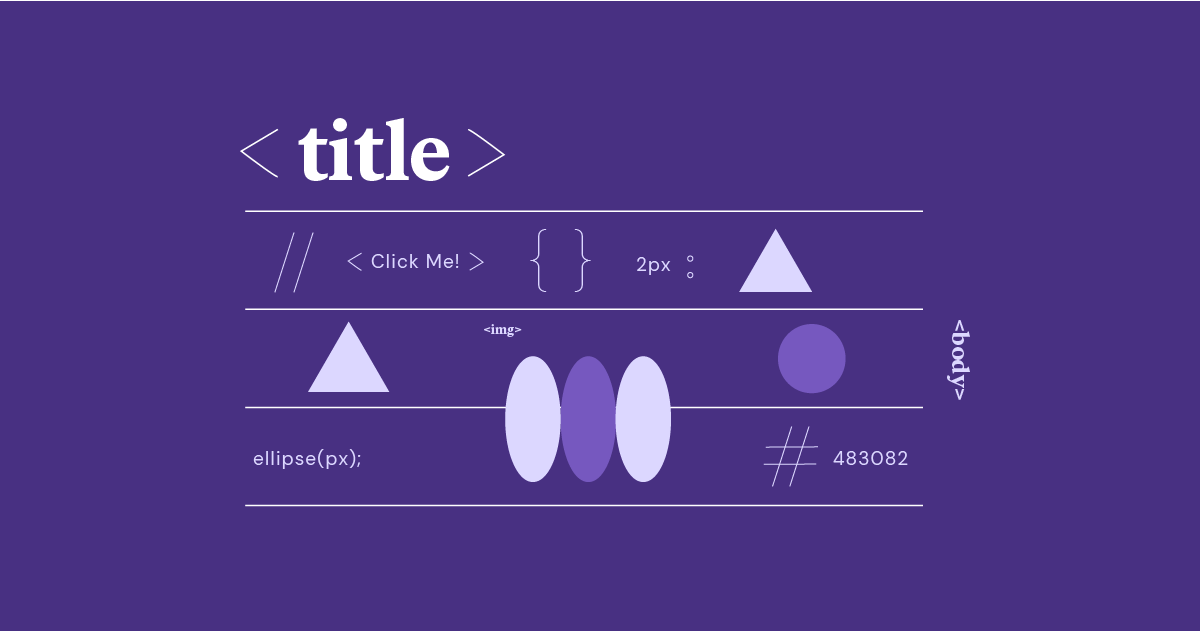
Web Designer vs Web Developer:
What’s the Difference?

A web designer is a graphic artist who is responsible for designing the layout, usability, and visual appearance of a website. A web developer is someone who builds and maintains the core structure of a website.
A successful web designer must possess an array of creative, graphic, and technical skills.
A web developer is s tasked with converting the web design into a functional website, using coding languages such as HTML, JavaScript, PHP, and Python.
If you’re considering a career as a web designer or developer, you’ll need a deep understanding of the different roles, as well as the required qualifications and skillsets. You should also consider factors such as the average wage, career growth opportunities, and the different types of web designers and developers.
In this guide, we’ll break down the role of a web designer vs. a web developer, and we’ll also discuss how you might go about choosing between the two paths. Let’s get started!
Table of Contents
- The Role of a Web Designer
- Types of Web Designers
- The Skill Sets Web Designers Need
- The Role of a Web Developer
- Types of Web Developers
- The Skill Sets Web Developers Need
- Web Designer vs Web Developer: What’s the Difference?
- Tips for Choosing the Right Career Path for You
The Role of a Web Designer
Web designers have a varied set of tasks and responsibilities. However, a designer’s role revolves around creating the layout and visual aspects of a website.
Their goal is often to make sure the site is both visually pleasing and user friendly and encourages visitors to stay around for as long as possible. In addition to the general framework and layout structure, this also means considering and constructing conversion-generating elements, as well as designing web pages in a way that translates well across various devices.
Web designers need to stay updated on the latest web design trends and adhere to certain standards and best practices. They often deal with brand imagery, color palettes, fonts, and so on. Many will even create a web design style guide to ensure that each website looks consistent:

There are a handful of other key documents and resources that designers are charged with creating, administering, and overseeing. This includes:
- Web design company
- Website briefs
- Website design questionnaires
- Website proposals
There’s also a fair amount of research and testing involved in a web designer’s job. It’s important to make sure the website is designed in a way that meets users’ expectations and client specifications.
Additionally, a web designer will need to consider how their design affects the coding of the website. Designers create a site structure and mockup, which developers then bring to life by coding the site.
Web designers’ work typically also includes some post-launch services. They may provide content creation and updates, maintenance and monitoring services, and ongoing performance checks.
Types of Web Designers
There are different types of web designers, each focusing on a unique and specific type of work. These are:
- User Experience (UX)
- User Interface (UI)
- Visual
In order to decide which web design niche is right for you, let’s delve deeper into these roles.
UX Designers
UX designers help ensure the website is structured in a way that engages visitors and delivers a positive experience. Their role is to create human-centric designs that are based on data-driven decisions. This involves conducting a lot of research and testing to gather and analyze data, which is used to inform their final design choices.
UI Designers
UI designers also play an important role in the design of a website. In addition to the experience it provides, they also prioritize interactions. More specifically, their role is to enhance the usability of a website and optimize it in a way that helps encourage conversions.
Visual Designers
Visual designers, as the title suggests, work with the layout and visual elements of a website. This work combines certain aspects of both UX and UI design. The duties of a visual designer are based on ensuring that the interface is both aesthetically pleasing and easy to use.
Most web designers use a handful of tools, software, and programs to perform their tasks. The most important of these are design and editing software and programs, such as Adobe Photoshop, for example.
They may also use stock photography resources, as well as image optimization and compression tools. Additionally, web designers often use a CMS such as WordPress, and a website builder platform like Elementor:

Wireframe and prototype tools are also helpful. They let web designers layout and visualize the site’s framework, and then create mockups and models to test throughout the development process.




